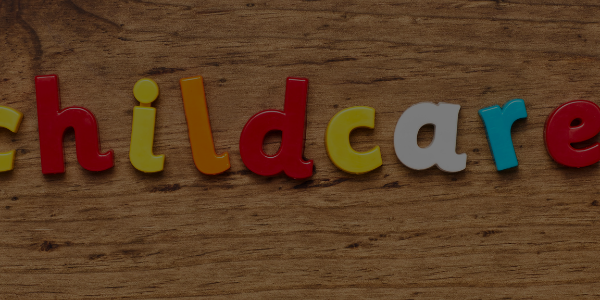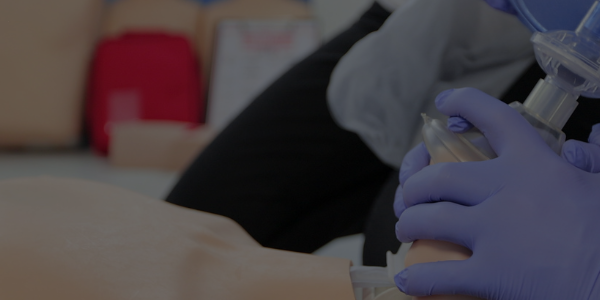Anaphylaxis is the most severe for of allergies and is a potentially life-threatening allergic reaction. Knowing the signs and symptoms can be the difference between life and death. Do you know what to do in case someone you know or love starts to have an allergic reaction?
Occurring sometimes within seconds or minutes, the exposure to something you’re allergic to, such as food, stings, medication or the unknown can start the process leading to anaphylaxis.
Mild reactions include:
- Skin irritation, welts and hives
- Tingling on the tongue
- Upset stomach if they’ve eaten something
- swollen lips, eyes or face.
Symptoms of Anaphylaxis?
When thinking about the signs and symptoms of anaphylaxis, think about what’s happening inside the body, rather than outside. Start from the mouth and work your way to the lungs. Is the tongue swollen, is their airway compromised from a constricting airway or swollen throat ie. wheezing, coughing and trouble breathing.
Other things to look for:
- Low blood pressure (hypotension)
- A weak and rapid pulse.
- Nausea, vomiting
- Dizziness or fainting
TREATMENT
- Sit the patient laying down or sitting up if they are having trouble breathing
- Use the ‘Epipen’ (Epinephrine adrenaline) to reduce the body’s allergic response
- Call 000
- If symptoms persist and a 2nd epipen is available, administer it after 5 minutes from the first dose.
It’s alway important to know what to do in case of an emergency. The best thing you can do to prepare yourself is to book into one of our morning or afternoon courses and learn the simple steps you can take to become a local hero in your community.





